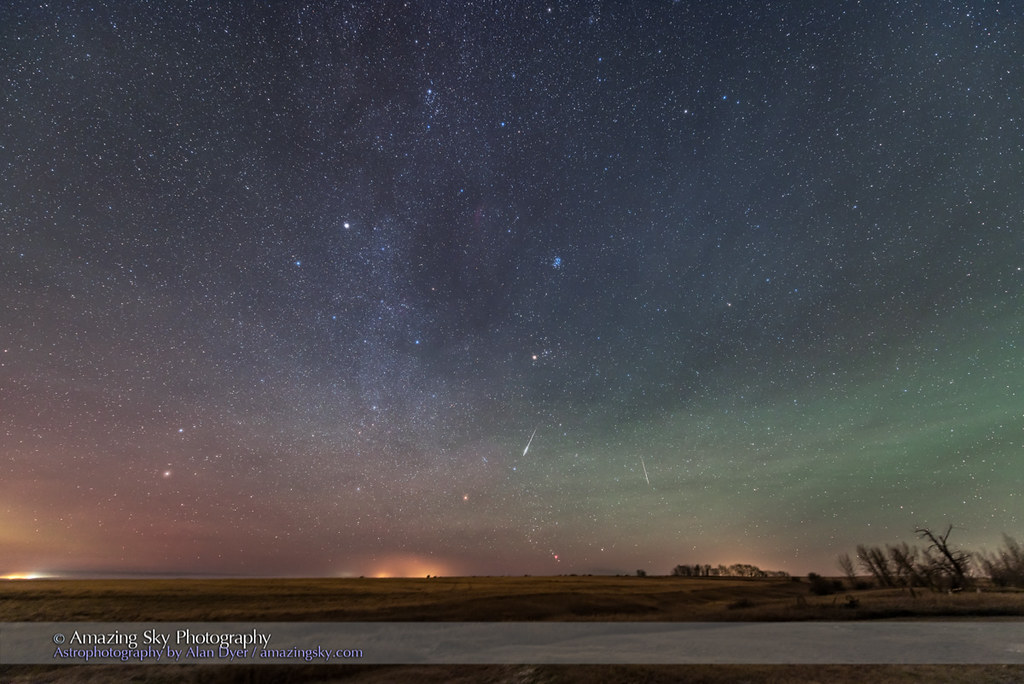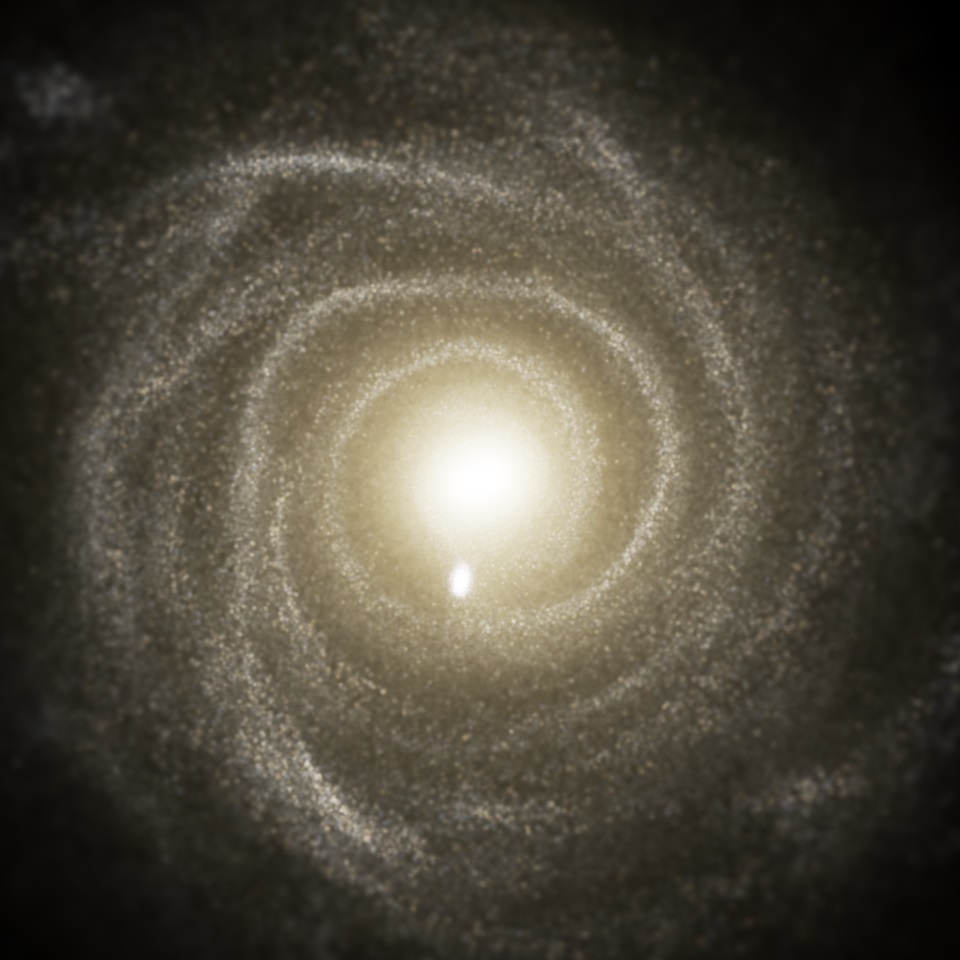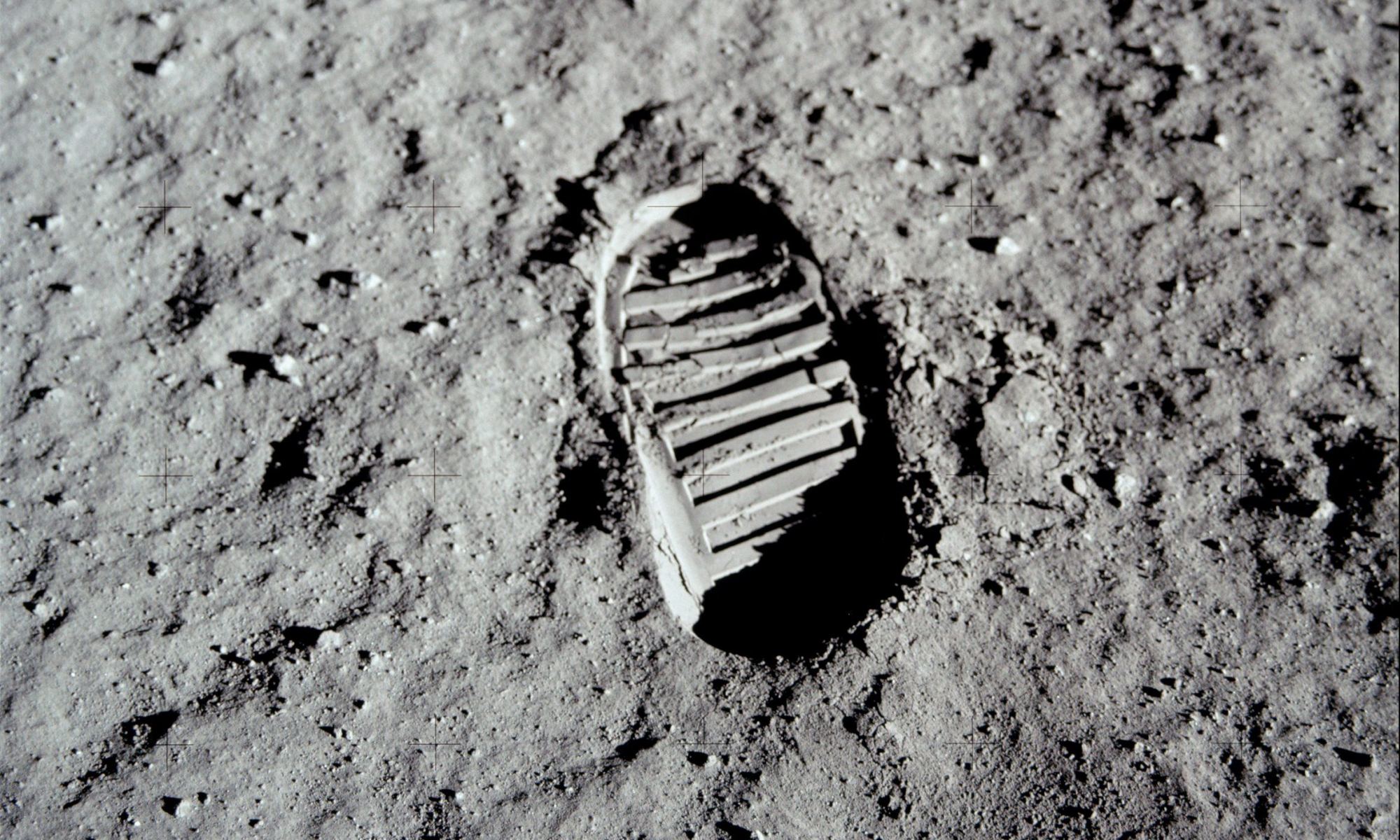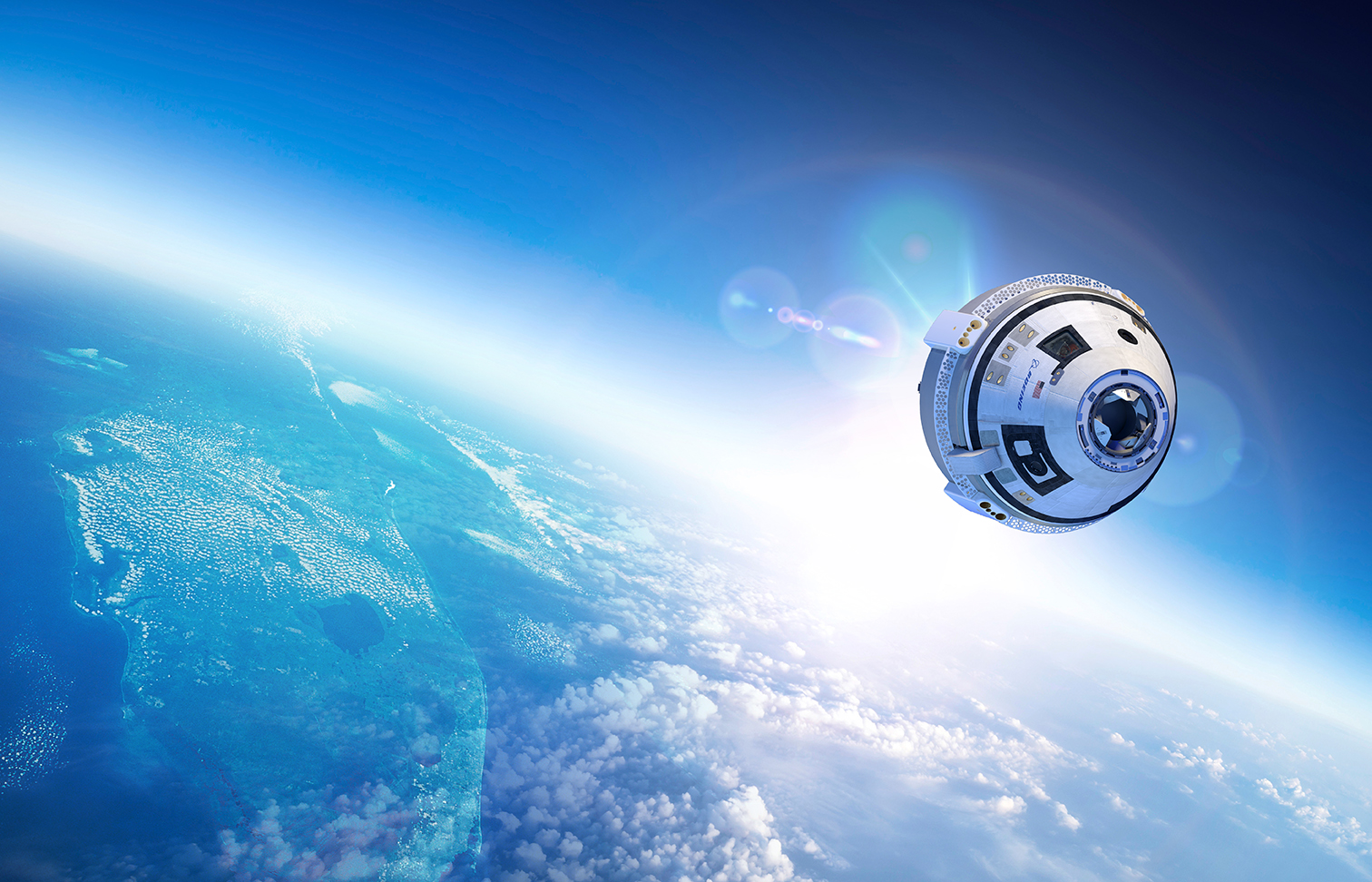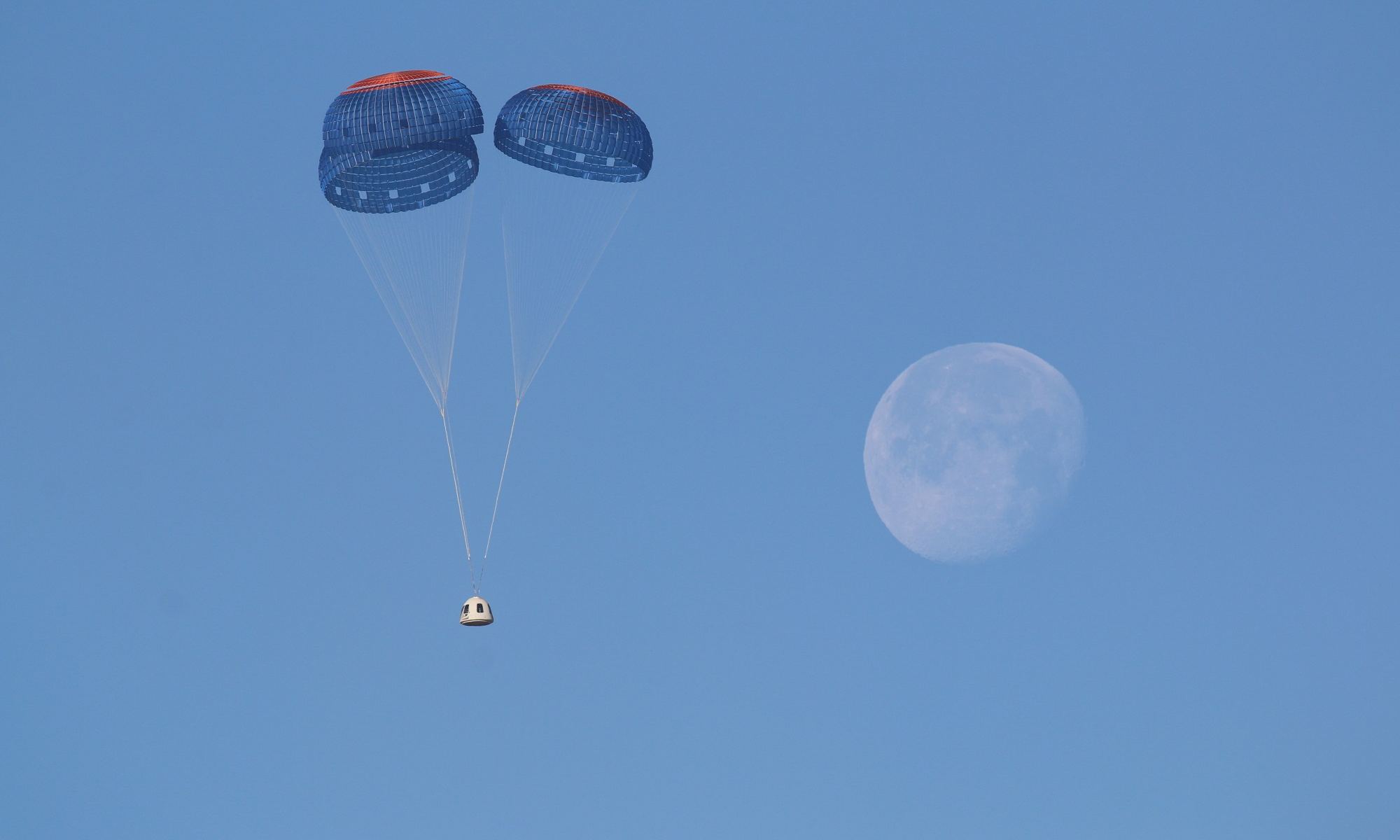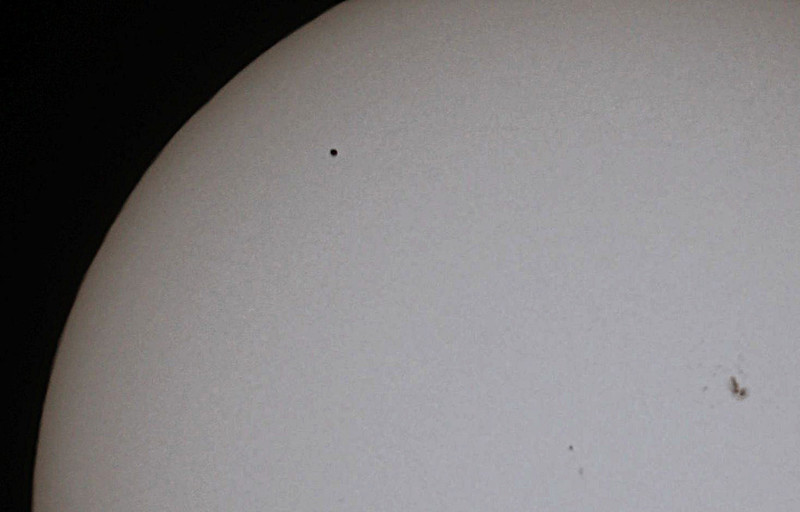In May of 2019, Elon Musk began delivering on his promise to create a constellation of satellites (named Starlink) that would offer broadband internet access. It all started with the launch of the first sixty Starlink satellites and was followed by Musk sending the inaugural tweet using the service this past October. Earlier today, another batch of Starlink satellites was sent into space as part of a live-streamed launch event.
The mission, known as Starlink-1, saw the launch of another 60 satellites from Space Launch Complex 40 at Cape Canaveral Air Force Station, Florida, atop a Falcon 9 rocket. Unlike previous launches, this mission involved the latest version of Starlink (Starlink 1.0), which feature a number of upgrades and refinements over the previous version (Starlink 0.9) and made this mission the heaviest Starlink launch to date.
Continue reading “SpaceX Launches Another 60 Starlink Satellites”
